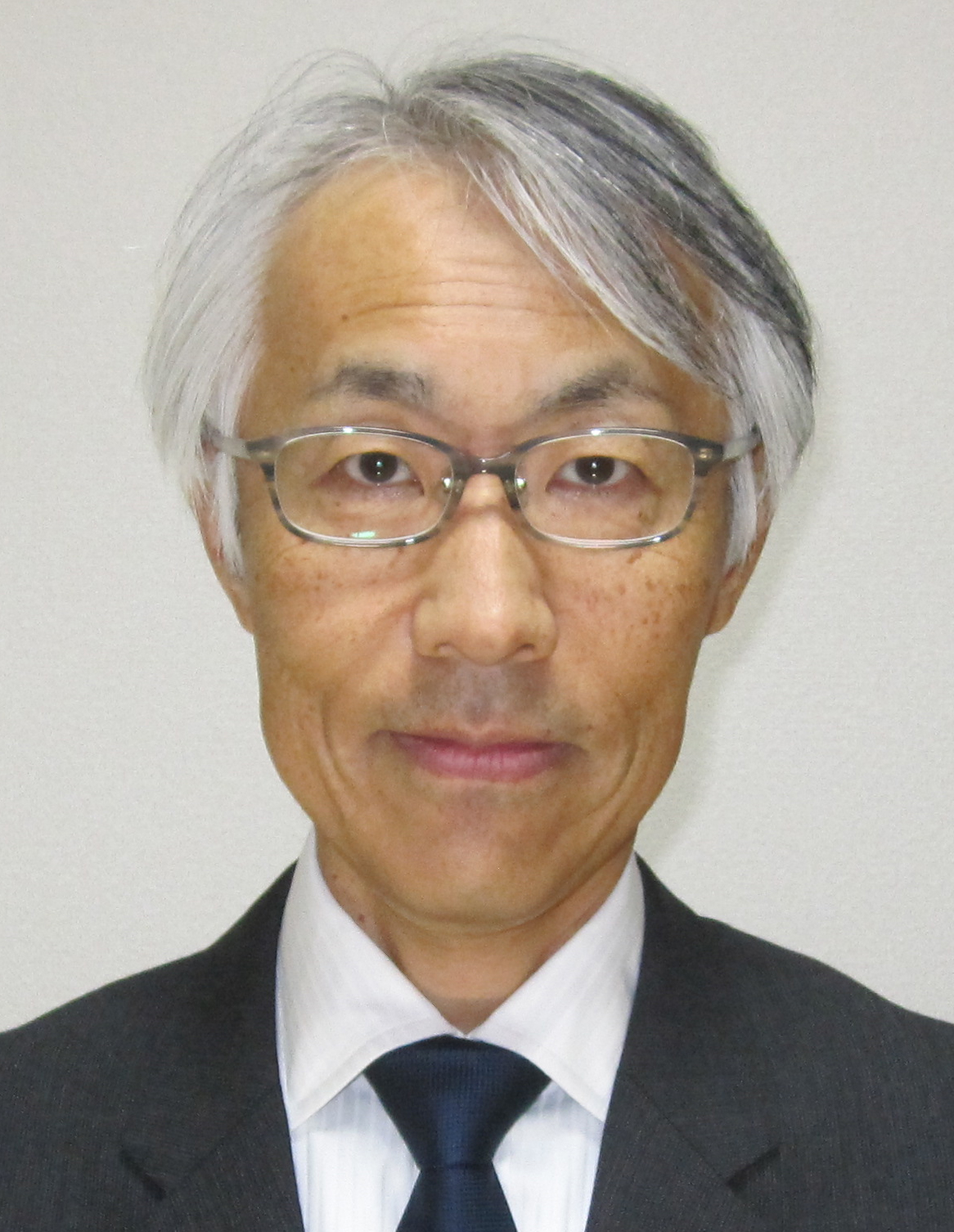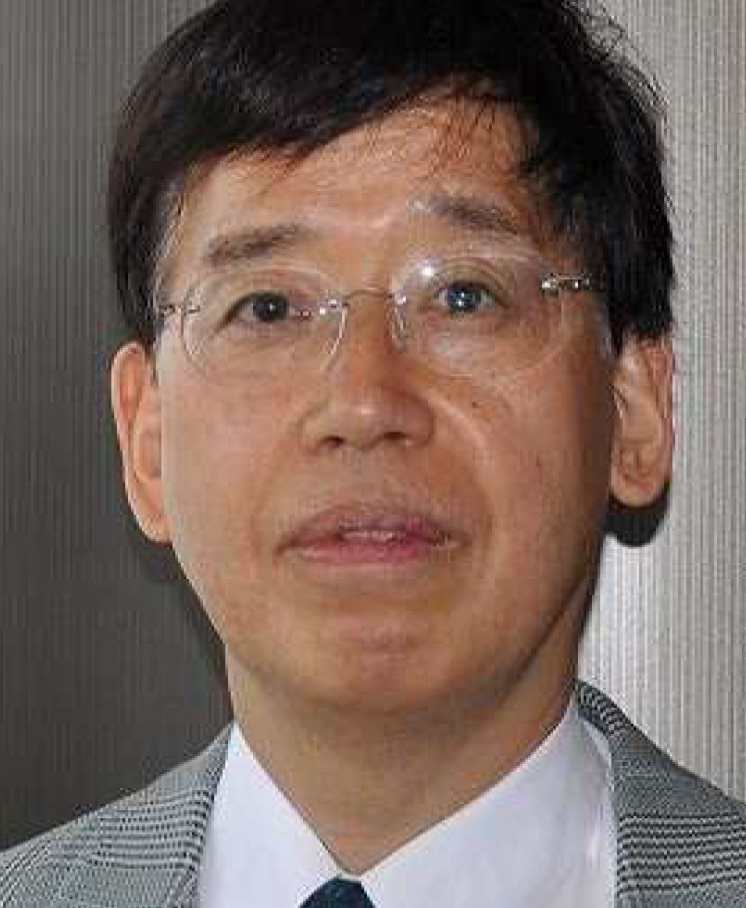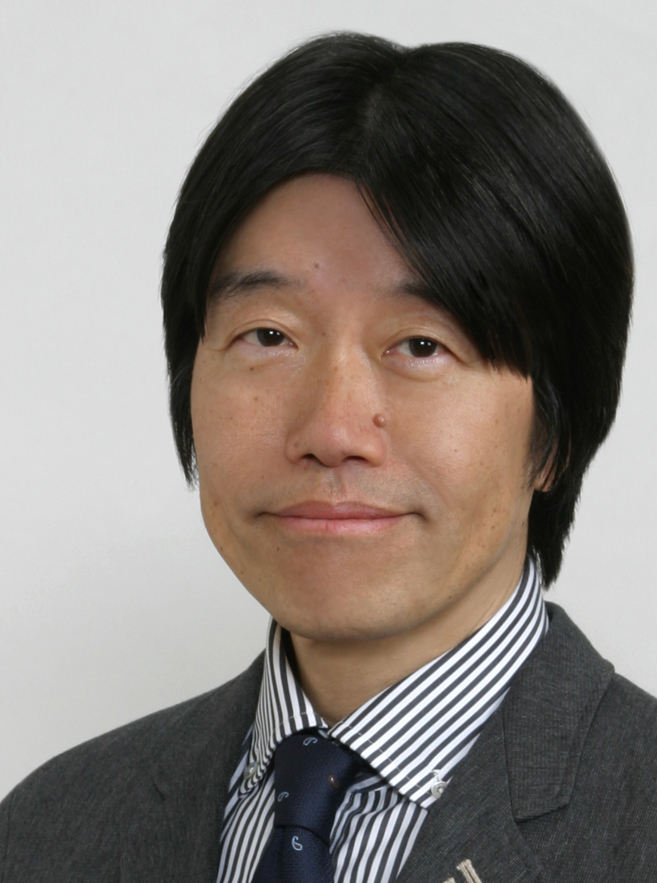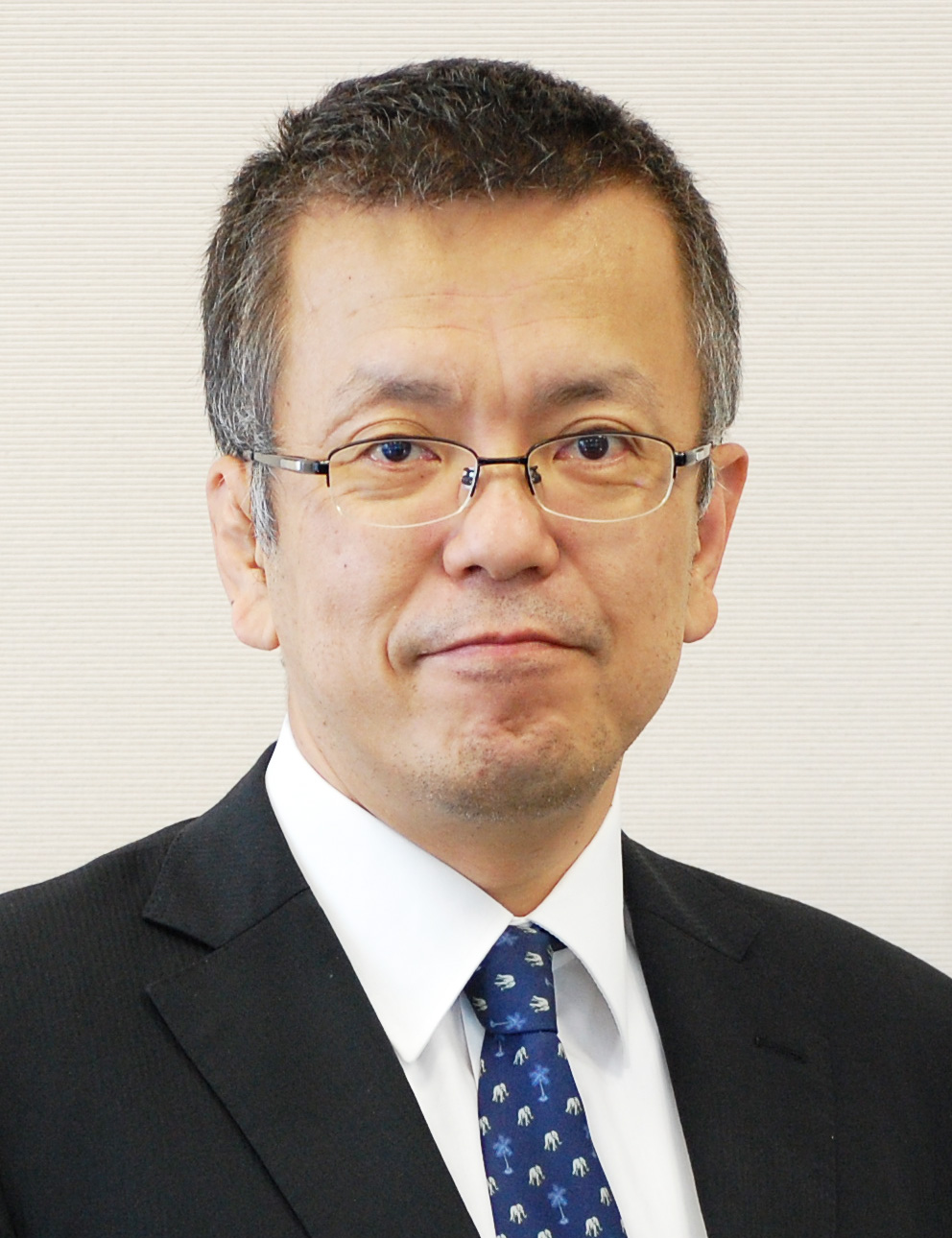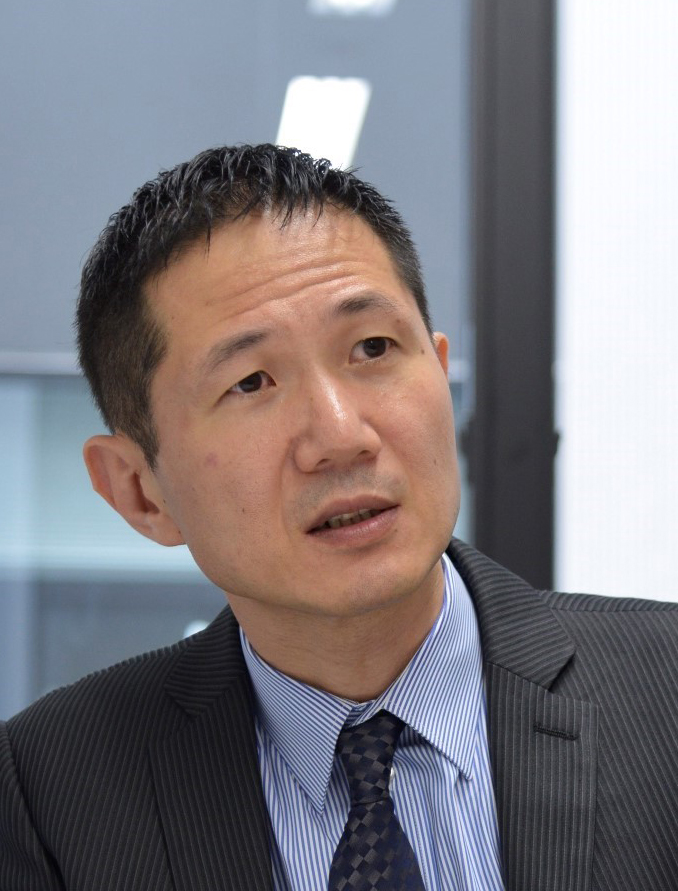The Durability of Abenomics: Seeds of Present Gains Sown in First Abe Administration
Professor Doi Takero of Keio University speaks with Ito Takatoshi, former Vice Minister of Finance for International Affairs and Private Sector Member of the Council on Economic and Fiscal Policy.
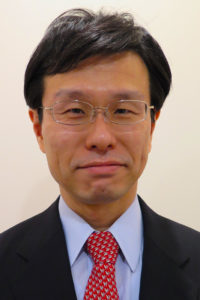 Doi Takero, Professor, Keio University |
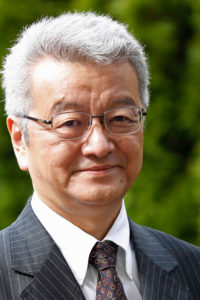 Ito Takatoshi, Professor, Columbia University |
View of Current Situation
Doi Takero: Five years have passed since the second Abe Cabinet initiated “Abenomics.” A diversity of views have been offered about whether any benefits have resulted from this policy package, but I wonder if you could tell us succinctly how this set of fiscal and monetary policies that go under the general name of Abenomics came into being in the first place, including what they imply for today?
Ito Takatoshi: I see. I’ll try to be concise.
Doi: No need to say that [laughs]. So, the key posts at the Bank of Japan have been determined, and the decision has been made for Governor Kuroda Haruhiko to continue serving. So I’d first like to ask you, Professor Ito, how you evaluate the continuance in office.
Ito: I’d say that the first year and a half has been a resounding success. From the time of the initial adoption of quantitative and qualitative easing (QQE) and to the subsequent additional monetary easing, things have gone quite well indeed. The inflation rate even rose to 1.5%. After the time the consumption tax rate was raised from 5% to 8% in April of 2014, however, economic conditions deteriorated somewhat. It was a reflexive decline in consumption resulting from the tax hike, and an economic contraction that should have lasted only one quarter actually persisted into a second. The subsequent recovery was also weak, and the price level fell. It was therefore a miscalculation. Crude oil prices were also low.
It’s unfortunate that the 2% inflation rate hasn’t been achieved, but the real economy has gradually improved. The unemployment rate is already at its lowest level since 1993, and the job offer to applicant ratio is at its highest level since the 1970s. Given its strength, the Japanese economy is now on track to post the longest continuous economic expansion in history. I think the contribution of monetary policy has been significant. So my general assessment is that the policies have been successful. I hope BoJ Governor Kuroda continues his efforts to bring the inflation rate up to 2%.
Doi: With respect to three arrows of Abenomics, excluding monetary policy, what is your assessment of fiscal policy and growth strategy?
Ito: The expression “flexible fiscal policy” is used to describe the second arrow. Flexible means acting when it is time to act but not acting when it isn’t necessary. If the economy is weak, then you implement stimulus policies in the short term. Once economic conditions improve, you change course and pursue fiscal retrenchment. This is how I’ve seen it and how I explain it when asked by someone. You first stimulate the economy with a supplementary budget, and once that step bears fruit, you raise the consumption tax on schedule, which is why I think things went well. Remember that the government invited academic and private sector economists to the Prime Minister’s office for a meeting in the fall of 2013 before raising the consumption tax.
Doi: For a conference of experts, yes. Some sixty people attended.
Ito: More than two thirds of them said the consumption tax should be raised. I myself said it should be raised, as I think you did.
Doi: That’s right.
Ito: Leading economists said it should be raised. I explained that there would be an uptick in demand prior to the consumption tax hike and that, although demand would dip for the following three months, it would return to normal by the end of the year. But as I mentioned a moment ago, that didn’t turn out to be the case. The prime minister must have been rather unhappy and must have wondered what we economists were thinking when we advocated the consumption tax hike. This was probably the reason that the second consumption tax hike from 8% to 10% was later postponed twice.
We were again summoned to the Prime Minister’s residence the following year, in the fall of 2014. I stated that the consumption tax ought to be raised again, and once a half of the invited economists said it should be raised. A rising debt to GDP ratio over the long term is a cause of great concern and would bring great difficulties for the younger generations in particular. We therefore stated that the consumption tax should be raised, and doing so in increments would be fine. But this approach wasn’t adopted. We weren’t even called to another meeting before the government postponed the tax hike for the second time. In that sense, I can’t really say whether the flexible fiscal policy is functioning well or not. If the consumption tax rate is raised to 10% in October of 2019, then we could say what had to be done was done.
With regard to the third arrow of growth strategy, there are a lot of components involved, so it is hard to say in a few words how well it has performed. Reforms are moving steadily forward in such areas as capital markets, corporate governance, the stewardship code, and the Government Pension Investment Fund (GPIF). Labor market reforms are moving slowly but are nevertheless making progress. With regard especially to the participation of women, the M curve has for the most part been corrected. Perhaps better progress may have been made in some areas with a little more effort, but to describe the present situation as a failure would be mistaken.
Doi: As you say, progress has been good in some areas, but I sense that we’re not yet on a sustained growth track. In so far as productivity improvements on the supply side have not led to higher wages, I think we need to take growth up further. What deficiencies need to be addressed in Japan now in order to improve productivity?
Ito: As far as the rate of growth is concerned, if we compare the average growth rate for the five-year period from 2013 to that of the previous five-year period, we see in fact that there hasn’t been much change. The reason is that the 2014 slump that followed in reaction to the consumption tax hike was so large that it became a drag on growth. So if we look at the economy since then, growth has been firmly above 1% and even approaching 2%. So in this sense too, there have been gains. The potential growth rate has risen as well. Thanks to the stable and ongoing economic expansion, the matching of the needs of employers and job seekers will improve, and so as far as the growth rate is concerned, I believe it is indeed improving significantly.
So the question is why haven’t wages risen? This is a puzzle indeed. Perhaps one reason is that people still don’t believe the 2% inflation target will be achieved. If all people did believe that, workers would become bolder and ask for an increase of 3% in their negotiations with management. Wages have risen solidly in the part-time and spot labor markets, where there is the greatest shortage of workers. Compensation has not risen for workers employed as regular or lifetime employees. Nor have unions been making such demands. If they were to make such demands, employers would increase the number of non-regular employees and the number of union members would decline. So instead of demanding higher salaries, they would ask for job security. As for the workers, particularly those over fifty-five are likely to receive compensation in excess of their productivity, so they wouldn’t find it easy to ask for a higher salary. Moreover, the number of these workers is large compared to that of younger workers. As a result, the salaries of regular workers fail to rise. And given the shortage of new graduates in the labor market, salaries for them are steadily rising, flattening the age/earnings profile curve.
If real wages are to rise, productivity must rise. If productivity rises, then business firms will become more willing to reward workers accordingly, and I think they would have to. IT investments and fixed investments have been rising, but that hasn’t translated into improvements in productivity. For example, if a bank were to cut the number of its branches in half and induce consumers to use mobile banking all while maintaining the same output, it should be able to double wages. Nevertheless, they’re not resorting to such methods to cut staff. Investing in IT without cutting staff won’t lead to improvements in productivity. This is why labor market reforms are necessary. Companies are able to transfer employees to a new division internally when the company is growing larger, as was the case during Japan’s period of rapid growth. They were able to place the right person in the right job. Now the situation is different. So redundant workers have to be provided with layoff compensation.
Productivity is lagging most in the services sector. I understand that the service sector faces various difficulties in raising productivity, but if you provide extra hospitality free of charge, industries such as restaurants and hotels, productivity will never improve. It is obvious that high-quality services should command higher prices. Foreign tourists will be happy to pay higher prices for better quality of services.
The same is true of regulated industries and universities. It’s rather strange that college tuitions are all around the same level. Colleges which are confident they can provide good education should charge higher tuition. That would enable them to offer higher salaries to professors, thus attracting better professors. Better education will result in better human resources. The number of eighteen-year-olds is falling, so if things continue to be done as they have in the past, the quality of education will naturally decline.
Doi: Turning to the 2% inflation target, do you think it can be achieved under present policies as they stand?
Ito: Opinions are divided on this point, but I think the inflation rate will rise. Economic conditions are good worldwide right now, so wages are rising even in China. One point is that inflationary pressures will likely increase in all countries this year for sure. Another point is that if the shortage of labor gets acute as it has thus far, wages will rise, and the higher wages should lead to greater consumption.
Doi: If that comes to pass, when would the exit from the monetary policy take place?
Ito: Probably the second half of 2019.
Origin of the Inflation Targeting Doctrine
Doi: Professor, for many years you’ve been an advocate of inflation targeting, to the point that you might be called the father of the doctrine in Japan.
Ito: Strictly speaking, it’s the inflation targeting framework. It doesn’t just advocate an inflation target of 2% but a framework of central bank independence and communication as a means of achieving that target. In October of 1999, when I was serving as Deputy Vice Minister of Finance for International Affairs under Vice Minister Kuroda Haruhiko, I wrote an article for the “Personal View” column in the Financial Times arguing that the Bank of Japan should adopt an inflation targeting policy, since it would yield certain beneficial results which I have just mentioned. I had obtained Mr. Kuroda’s approval for publication beforehand, but of course, it was not an institutional opinion of the Ministry of Finance. However, the Bank of Japan misunderstood this as an attempt by the Ministry of Finance to put pressure on it, and the Bank objected. Mr. Kuroda defended me by saying that it was just one academic stating his own view and not the position of the Ministry of Finance. He was thus able to reassure them. I think this was the first time Mr. Kuroda had anything to say on the matter of inflation targeting.
Doi: And then nearly fourteen years later in March of 2013, Mr. Kuroda became Governor of the BoJ and implemented an inflation targeting policy.
Ito: The agreement regarding the inflation targeting policy was signed between the government and the BoJ in January of 2013, when Mr. Shirakawa Masaaki was Governor. Mr. Shirakawa’s policies had been very conservative, so I suppose there was considerable opposition to inflation targeting, and I don’t think he was inclined to implement the policy. Mr. Kuroda was different. After all, he was selected by Prime Minister Abe as an individual who would seriously pursue the policy. Prime Minister Abe took full advantage of the opportunity available to the government every five years to influence the central bank by appointing new Governor.
Doi: Was it you, professor, who made Prime Minister Abe aware of inflation targeting?
Ito: No, it was Diet member Yamamoto Kozo of the Liberal Democratic Party. He says so himself.
Doi: You mentioned the time you were Deputy Vice Minister of Finance. I believe that was the first time someone came from academia to serve the position, right?
Ito: Yes. I think it resulted from the joint effort of Finance Minster Kuroda and his predecessor, Finance Minister Sakakibara Eisuke. They both like academics, and they both like scholarship. They also favor an approach which brings scholarship to bear in policy. Scholarly findings are needed when debating with others in the sphere of policy, and they believe such findings are useful in persuading others. So they liked to have academics close by. I suppose there were a lot of people within the ministry who weren’t pleased about posts being filled by people from outside. But Mr. Kuroda and Mr. Sakakibara won them over for us.
Doi: While you were serving as Deputy Vice Minister of Finance, moving as you did from academia to the sphere of actually making policy, were there any episodes in which you felt your own ideas were realized in practice?
Ito: One instance was at the Asia Europe Meeting, or ASEM, held in Kobe in 2001. The issue was how to prevent a repeat of the Asian financial crisis, so discussions focused on what sort of international financial system should be created for the Asian region. This was associated with the Chiang Mai Initiative, which followed later. The assumption was that some degree of loose cooperation on currencies was needed in the Asian region. Returning to a fixed rate vis‐à‐vis the dollar would not yield good results for Asia. So my idea was to adopt a joint float system for all Asian currencies against the dollar, the euro and the yen. At the time, the host for the Asian side was Japan, and the joint chairmanship for the European side was France. The French counterpart was Benoît Coeuré, presently a member of the Executive Board of the European Central Bank. We worked out a joint paper, “On the Effectiveness of a Basket Currency.” One might say this is the sort of job only an academic could handle.
The First Abe Cabinet’s Council on Economic and Fiscal Policy
Doi: After serving for two years as Vice Minister of Finance, you became a private sector member of the Council on Economic and Fiscal Policy in the first Abe Cabinet in September of 2006. How did it come about that you were invited to serve on the Council?
Ito: When the Abe administration took over from the Koizumi administration, the membership of the Council was completely changed. At that time, my guess is that Prime Minister Abe selected the new members on the recommendation of Minister of State for Economic and Fiscal Policy Ota Hiroko.
Doi: The previous Cabinet of Junichiro Koizumi controlled the government for a long time, so when the new administration took over, was there a sense that a new course should be worked out?
Ito: I think it’s true that any state minister, and in particular the prime minister, would want to work out a policy that was clearly his own.
Doi: As a private sector member of the Council, did you, professor, have any plans or policies of special concern that you were able to have implemented?
Ito: When the members met initially, we discussed what we could do. There was a mix of ideas mostly from four of us, namely Chief Cabinet Secretary Shiozaki Yasuhiro, State Minister Ota, Mr. Yashiro Naohiro and myself. Even now on the Cabinet Office home page one can read the minutes from meetings of the Council on Economic and Fiscal Policy from that time. Labor reform was discussed. Such topics as the flexible working hours system and compensation for involuntary severance were being discussed at that time. We were again working on the white collar exemption after changing the name. On labor issues, Mr. Yashiro took the lead and guided the discussion.
Of particular interest to me was free trade agreements (FTA), or sometimes called economic partnership agreements (EPA). But since pursuing such agreements would require reforms in the agriculture industry, which constitutes a powerful force in Japan opposed to them, we formed an expert committee on agricultural reform. We devoted much time to discussing such questions as why productivity in the agriculture industry had failed to improve and how much competition there was in the industry. Prime Minister Abe is also very enthusiastic about free trade agreements and asked us to do something about the agriculture industry, saying that no progress would be made unless we could persuade the agriculture industry. Improving productivity in agriculture will require economies of scale, which inevitably means consolidation of farmland. But since nobody wants to sell farmland, the only option is to lease it. This then led to the creation of the present farmland bank, the Farmland Intermediary Management Program. The benefits of the agricultural reforms appeared during the second Abe government. The main origin of the TPP also lay with the expert committee in the first Abe administration. The projects we worked hardest on during the first Abe administration are now bearing fruit during the second. What’s happening with labor reform and productivity reform now were top of our agenda at that time. You might say that the origin of Abenomics was in the first Abe administration.
Doi: The same was true when the internationalization of Haneda Airport was argued, I think.
Ito: A number of people proposed that at the same time. But there was very strong opposition from the Ministry of Land, Infrastructure, Transport and Tourism and in particular the Civil Aviation Bureau. They argued that the demarcation between Narita for international flights and Haneda for domestic flights should not be removed. Arrivals and departures between eleven o’clock at night and six o’clock in the morning are forbidden at Narita. So we argued that allowing international flights during these hours at Haneda wouldn’t be competitive but would be supplementary. The Civil Aviation Bureau responded by saying that, since Haneda handled domestic flights, it would be fine to allow international flights up to the same distance of the longest flight, but longer flights should still not be allowed. This is known as the perimeter rule. The longest domestic flight from Haneda is to Ishigakijima, so if you center a compass needle in Tokyo with the pencil tip at Ishigakijima and then draw a circle, flights could go to some cities along the Chinese coast but nowhere on the Pacific side, of course, and not even to Hong Kong. This is meaningless. We then argued that if it were nighttime, the perimeter rule was irrelevant, to which they responded that the Haneda runways were too short to accommodate flights to New York. Flights to the North American east coast would indeed be impossible for a jumbo jet filled to the brim with passengers and cargo. But, we argued, for flights to the United States reaching the west coast would be good enough, as would a Boeing 777. Then they said that, in terms of the operation of the airplanes, it would be impossible to schedule such flights. So in the end, we drew up a schedule and showed it to them saying, “Do it this way.”
Doi: You went so far as to do that?
Ito: Mr. Shiozaki was quite concerned about the matter, so we worked on it in great detail. It was just when Mr. Ito Motoshige was starting the Asia Gateway project, so these two issues somehow got merged, and the matter moved forward with both sides cooperating. The capacity at Haneda would increase with the addition of the fourth runway, and given the lengthening of the Shinkansen and also the decline in Japan’s population, demand for domestic flights would fall. International flights could fill the place of that decline, and thus an agreement was reached. The opening of international flights was finally realized during the administration of the Democratic Party of Japan. Maehara Seiji was serving as minister of Land, Infrastructure, Transport and Tourism. It certainly wasn’t his accomplishment since all the work was done during the first Abe administration. After the second Abe government took office and Tokyo was chosen for the venue of the 2020 Olympics, we were very glad that we had done it all. Moreover, the initial target for tourists from overseas was 10 million, but now it is close to 30 million. This is also thanks to the internationalization of Haneda Airport, so it was a huge success among many successes.
Doi: The Governor of the Bank of Japan is also a member of the Council on Economic and Fiscal Policy, and while you were serving as a private-sector member, Mr. Shirakawa took over the governorship from Fukui Toshihiko. How did you view the policies of these two men?
Ito: First of all, the governor of the BoJ rarely made comments at meetings of the Council on Economic and Fiscal Policy. He basically only answers if asked a question. For the most part he never ventured any comment during our discussions regarding productivity, the labor market or Haneda Airport. In turn, we had virtually no discussions regarding monetary policy, and that was perhaps because we were very mindful not to infringe on the BoJ’s independence. One individual even put me on my guard by saying that, although he knew I had my own views on inflation targeting, I should not touch on the issue during meetings of the Council.
So, what did I think of the monetary policy of Governor Fukui? Mr. Fukui’s monetary policy was quite flexible. He carried out quantitative easing, and through communication, he also made his best efforts to make his intentions known. I think he was eager to change something. My time on the Council overlapped with that of Governor Shirakawa only six months, so there’s nothing I really can say.
Doi: Then in March of 2008, Prime Minister Fukuda Yasuo submitted to the Diet a proposal naming you as a candidate for the post of deputy governor of the Bank of Japan. This was ultimately not realized, but could you tell us a little about how that all came about?
Ito: I served on the Council on Economic and Fiscal Policy with Prime Minister Fukuda, so I knew him personally. It all began when, one day, he called me on my cell phone, explained the situation and asked me to accept the nomination for the position. Appearing before House of Representatives and House of Councilors standing committees, I made a general policy statement and was then asked questions from members of the respective parties. I intended to give rather safe answers, and even when asked whether I would adopt a policy of inflation targeting, I replied that, no, although inflation targeting had some good points, there were still debates about it. I didn’t sense that I’d said anything amiss. The nomination passed the House of Representatives, but given the unusual situation with the opposition parties having a majority in the House of Councilors and the Democratic Party of Japan adopting a policy of opposing anything the Liberal Democratic Party tried to do, I realized that I was walking in a mine field. The initial set of nominations were Muto Toshiro for BoJ Governor and myself and Mr. Shirakawa for Deputy Governors. In its predictions, the media gave Mr. Muto a negative [as to be rejected] because he was from the Ministry of Finance, they gave Mr. Shirakawa a nod [as being approved] since he was from the Bank of Japan and there was no reason to reject him, and they gave me an uncertain fate. They didn’t know what the DPJ would do. So it wasn’t that my policies or opinions were disagreeable. My understanding is that a wider members of the DPJ couldn’t decide on my nomination so it was referred to an executive meeting to decide, and there they decided to oppose my nomination. We were standing by as it were in an advisory council conference room at the Cabinet Office, preparing for the next meeting, and a staff member of the Cabinet Office reported the situation with the DPJ to me. To be frank, I was shocked by the DRT politicking.
Are Economic Nobel Laureates Omniscient?
Doi: This will be my final question. We also spoke of this matter in the context of the consumption tax hike, about when academic and professional economists were summoned to the Prime Minister’s office.
Ito: Yes, I went twice.
Doi: In March of 2016, before the decision was made to postpone the consumption tax hike for the second time, Prime Minister Abe held successive meetings with the eminent Nobel Economics Laureates Joseph Stiglitz and Paul Krugman and asked them questions. The mainstream view in the economics profession around the world is represented by the Nobel economics laureates, who have views differing from many Japanese economists, the majority of whom favor raising the consumption tax. This gives the impression that the predominant group of economists in Japan are rather outside the mainstream in economics. What do you think about this situation?
Ito: The Nobel laureates are indeed outstanding in the fields in which their work has been the basis for their being awarded the prize, but I don’t think they should be asked for their views regarding other fields. Nobel economics laureates are not omniscient. I’d like to ask them how thoroughly they seriously studied the situation in Japan before making their statements. Of course, each person is different. Although he hasn’t won a Nobel Prize, Ben Bernanke has studied the Japanese situation very seriously.
Doi: Thank you very much for an informative talk.
Translated from “Tokushu ‘Abenomikusu no shomikigen—moto fukuzaimukan, keizaizaisei shimonkaigi minkan giin ga kataru: Geizai no seika no genryu wa daiichiji seiken ni ari (Special Series: The Durability of Abenomics: Seeds of Present Gains Sown in First Abe Administration),” Chuokoron, May 2018, pp. 108-117. (Courtesy of Chuo Koron Shinsha) [May 2018]
Keywords
- Abenomics
- three arrows of Abenomics
- Bank of Japan
- 2% inflation target
- Council on Economic and Fiscal Policy
- monetary policy
- inflation rate
- Abe Shinzo
- Kuroda Haruhiko
- quantitative and qualitative easing
- QQE
- job offer to applicant ratio
- flexible fiscal policy
- corporate governance
- stewardship code
- Government Pension Investment Fund (GPIF)
- M curve
- ASEM
- ECBC
- TPP
- EPA
- FTA
- Joseph Stiglitz
- Paul Krugman
